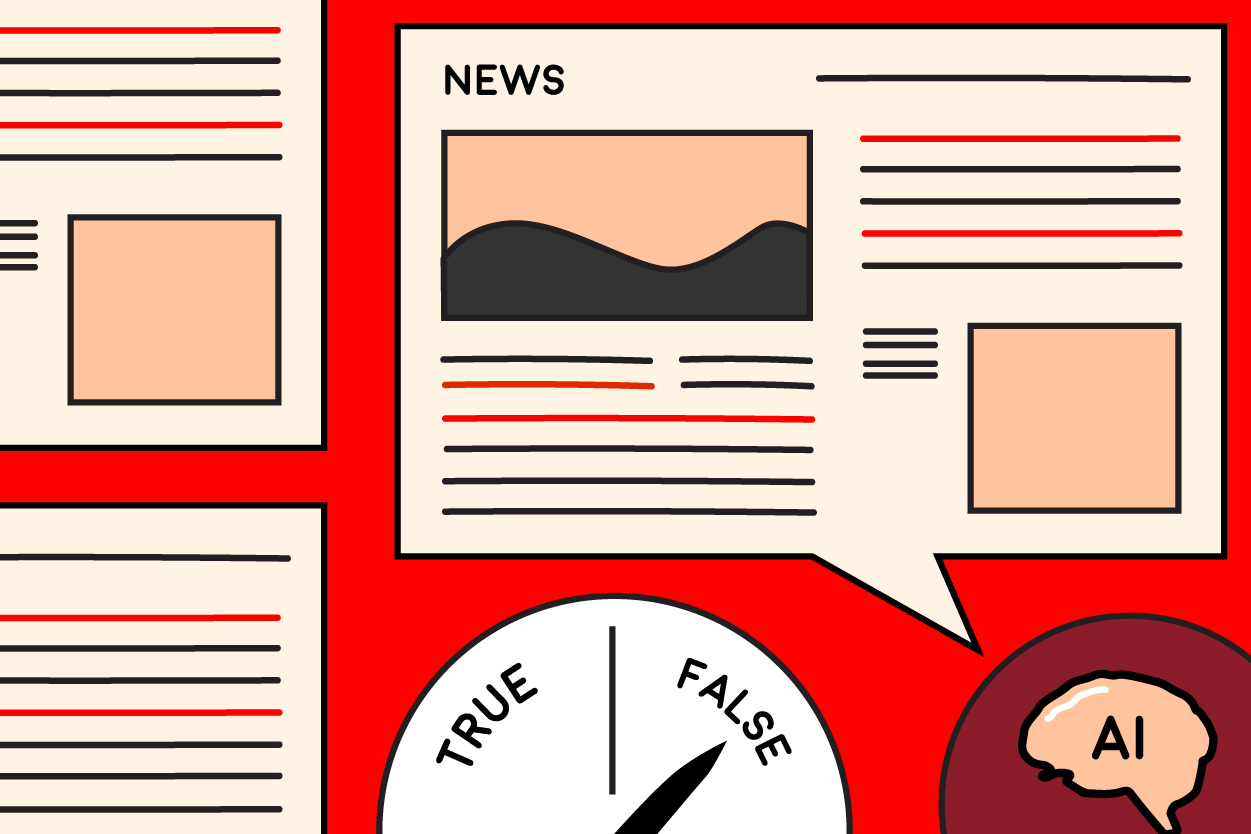AI usage is becoming a necessary practice for businesses. Article after article teaches you how to use this relatively new technology. Some mention possible downsides, but the majority are positive. We believe you can’t truly utilize AI unless you know how it can go wrong. At its core, generative AI doesn’t have the nuance humans are capable of and is spreading misinformation like never before. Another common theme of the 21st century is trust and credibility. If you want your brand to thrive in the new age, learning how to use AI and how to combat misinformation created by it is a must.
Understanding AI-Generated Misinformation
Two things that are not new to the internet - AI and misinformation. It’s when these two come together that we see an even bigger problem occurring. Generative AI functions by compiling information on the web and giving a reasonable recreation of that information. The problem comes when it pulls from less-than-reliable sources or straight-up fake news sources. The output might sound good, and may even have some truth, but AI is not a fact-checker. Furthermore, Generative AI needs to be prompted by us, and as we all know, not all humans have the best intentions. This misinformation can come in the form of fake articles, fabricated images or videos, and even manipulated or fake recordings.
AI is a great way to push out large amounts of content fast, which is an excellent way to grow on social media platforms. If you stop caring about the quality of content pushed out you might win brownie points with the algorithm, but not the viewers. Online consumers aren’t naive to this changing landscape either. They also have the power of the internet at their fingertips and can double-check anything that sounds fishy. They are also more discerning with the brands they trust and who they follow.
Impacts of AI-Generated Misinformation on Brands
For brands, the consequences of AI-generated misinformation can be extreme. In addition to damaging your reputation, brands risk losing consumer loyalty, leading to decreased sales. There are also legal implications associated with disseminating false information, exposing your brand to potential lawsuits and regulatory fines.
Strategies for Brands to Combat AI-Generated Misinformation
There are many ways you can stay on top of AI misinformation as a brand. Utilizing the approaches that work for you together instead of just one is the best way.
- Check With Human Eyes: Before any story or post goes out give it a good lookover. Double check any information given.
- Establish Fact-Checking Mechanisms: Collaborate with reputable fact-checking organizations and implement fact-checking processes that can help verify the accuracy of content.
- Educate consumers about AI-generated misinformation: Brands can create awareness campaigns to educate consumers about the prevalence of AI-generated misinformation and provide tips for identifying and avoiding false information..
- More AI: As ironic as it may sound, AI might be the best at detecting AI content. Catch any glaring problems by running an article through an AI-detection tool. Though be warned, there is differing information on how effective those tools are.
- Transparency and accountability: Clearly label sponsored content and be transparent about data usage and privacy policies. Brands can build trust and credibility with consumers.
Brands That Are Combating AI-Generated Misinformation
Several brands have successfully implemented strategies to combat AI-generated misinformation. Among these are some heavy hitters like Meta and Google. Meta upholds content created by both humans or AI to the same standards, with third-party fact checking being done on both. Google is focusing on educating viewers with online literacy tools necessary for spotting possibly false content.
In conclusion, the threat of AI-generated misinformation poses significant challenges for brands in maintaining trust and credibility. However, by implementing strategies such as AI detection tools, fact-checking, and consumer education, brands can effectively protect themselves against the harmful effects of misinformation. By prioritizing transparency, and accountability, brands can uphold their reputation and maintain consumer trust in an increasingly complex digital landscape.


